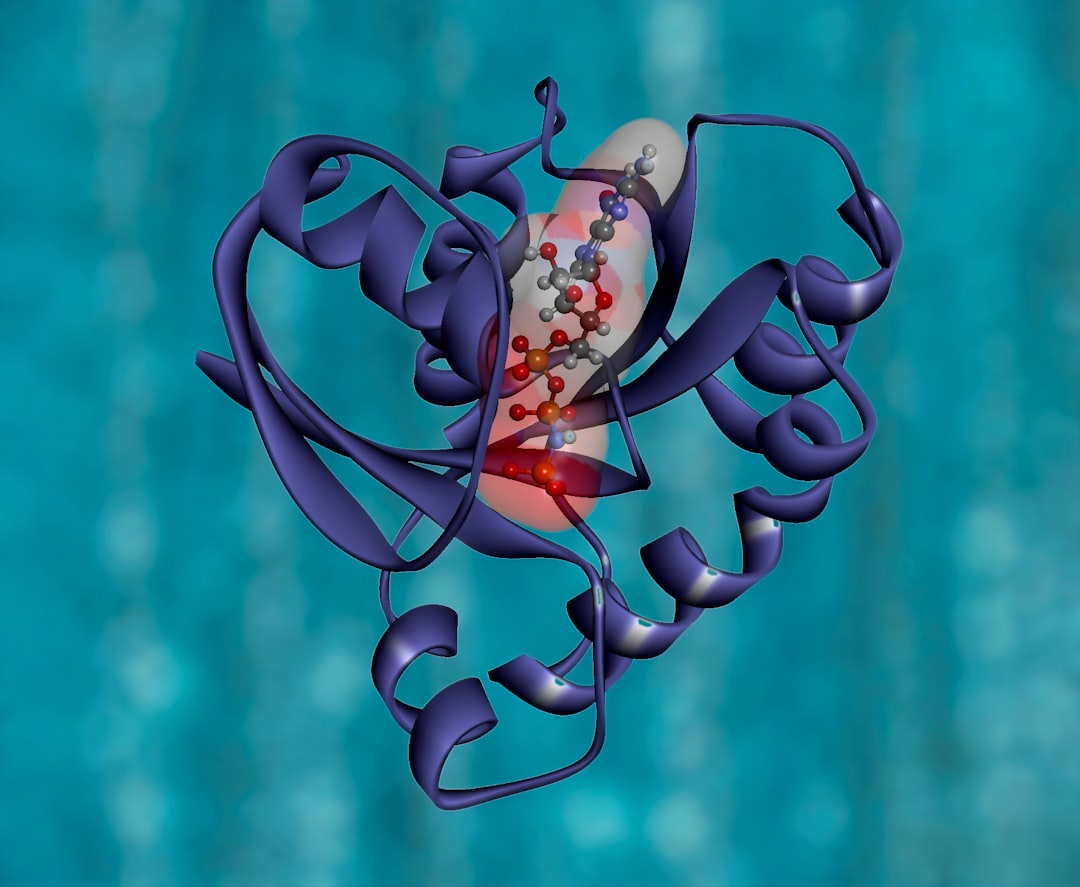What is it about?
We investigate the coordination environments of the As and Se atoms in three glasses from the binary As-Se system. Here, neutron diffraction with isotope substitution is used to obtain site-specific structural information.
Featured Image

Photo by JJ Ying on Unsplash
Why is it important?
We find that the "8-N" bonding rule is obeyed, in contrast with other experimental findings. We also find that the structure of the glass with the stoichiometric composition As2Se3 is characterised by a large degree of chemical disorder, as shown by the appearance of homopolar As-As and Se-Se bonds. The fraction of these bonds is quantified and is likely dependent on the thermal history of the glass. The results suggest that the so-called intermediate phase, which manifests itself by a minimum in the non-reversing heat flow measured in calorimetry experiments, is linked to the dynamical properties of the liquid state.
Perspectives
We weer surprised by the extent of the broken chemical order in a prototypical chalcogenide glass. The results highlight the power of the method of neutron diffraction diffraction with isotope substitution as a structural probe of amorphous materials.
Professor Philip S Salmon
University of Bath
Read the Original
This page is a summary of: Structure of As–Se glasses by neutron diffraction with isotope substitution, The Journal of Chemical Physics, October 2020, American Institute of Physics,
DOI: 10.1063/5.0027171.
You can read the full text:
Resources
Contributors
The following have contributed to this page










